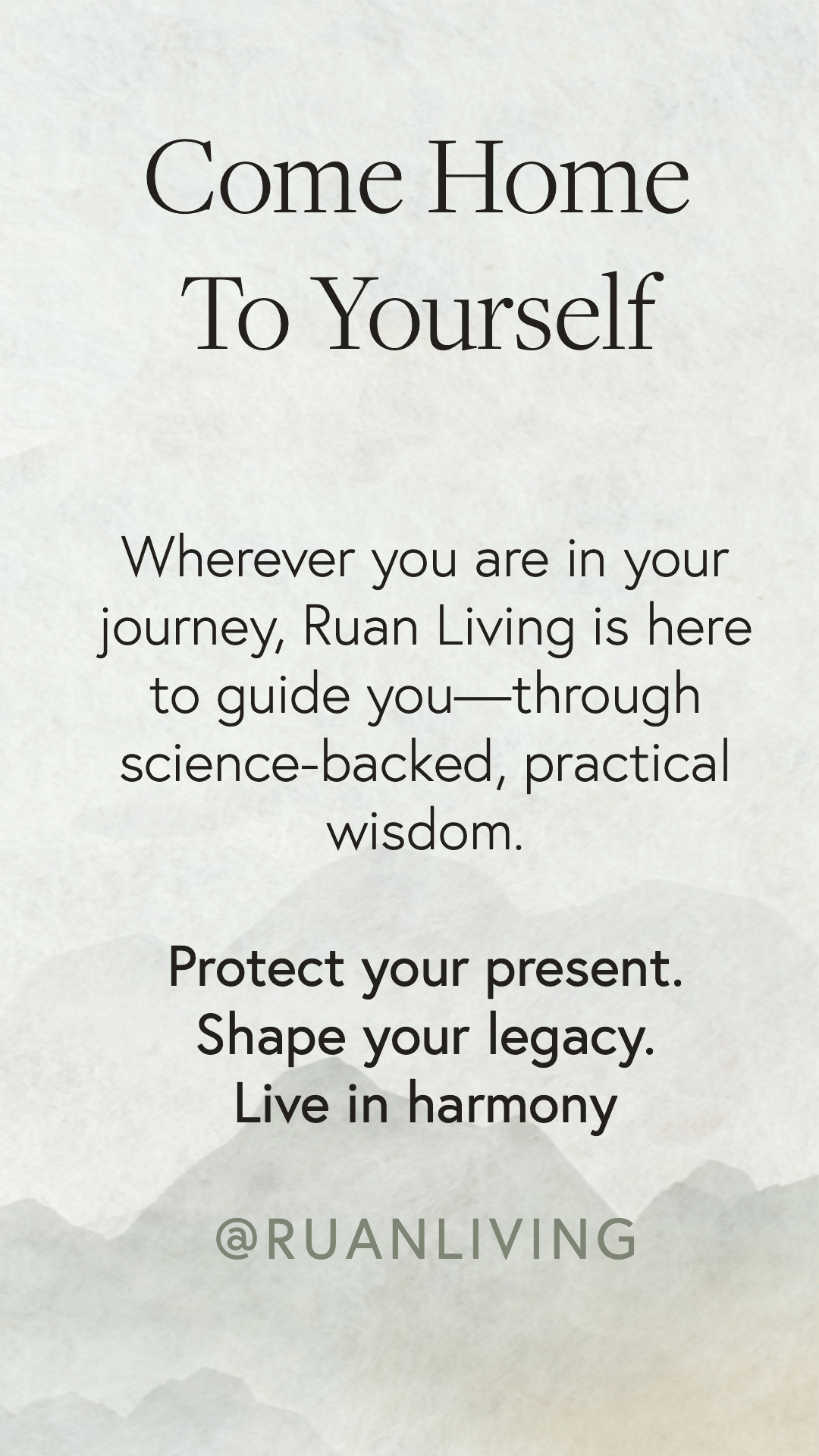
6 Technology-Related Diseases & How to Prevent Them
Nov 13, 2018by editorial team
Between 1994 and 2006, the number of technology-related diseases and injuries increased by 732%.
The most troubling part? Children aged 5 years or younger had the highest injury rates of all groups.
With the use of smartphones and laptops becoming more and more prevalent every single day, parents may want to know how to protect their families from the harmful effects of modern technology.
Here are symptoms of the 6 most common diseases and injuries related to the use of technology.
6 Technology-Related Diseases (And How to Prevent Them)
1. Texting finger syndrome
Overuse of electronic devices may adversely affect the median nerve within the carpal tunnel, resulting in numbness, tingling, and pain in the hand.
This is what’s known as the texting finger syndrome.
This disease actually used to be known as the “texting thumb” syndrome, because the keyboards of older phones encouraged using a single thumb to type.
Nowadays, the texting finger syndrome is no longer contained to just our thumbs.
It can affect anyone who does a fair amount of typing, texting or swiping on their smartphone, including our children.
Symptoms: Pain and/or needle-like sensations at the joints and knuckle of the affected finger.
Remedies: Try to alternate the position of your fingers when texting or typing on your smartphone. Tendon-strengthening exercises may also be beneficial.
2. The sweeping finger disorder
Our sensitive fingertips were not made for sweeping across the screens of smartphones regularly.
You may not encounter this if you are using your phone to simply browse Facebook or Instagram.
However, there is a fair amount of sweeping involved in playing games on our phones and tablets. For the Candy Crush players among us, the sweeping finger disorder can cause some pretty nasty blisters and calluses.
Symptoms: Increased sensitivity of fingertips, including blisters, calluses or small wounds on the surface of the fingertip.
Remedies: Try to alternate the finger you use to sweep across your smartphone screen. Look into touch-enabled gloves if the problem persists.
3. Texting neck syndrome
A 2005 study suggested that children were experiencing pain and discomfort stemming from the use of technology and that most of the discomfort was located in the neck region.
Since we naturally position our smartphones and tablets below eye-level, we often end up leaning downward and extending our neck forward when checking Facebook or playing games on our smartphones.
This can cause pain and stiffness in the neck region, otherwise known as the texting neck syndrome.
Symptoms: Stiffness or pain in the neck region, often coupled with frequent headaches or migraines.
Remedies: Try to be more aware of your posture when using your laptop or other electronic devices. Consider investing in ergonomic chairs to improve posture. To help keep your neck straight, position the device near eye-level.
4. Laptop thigh disorder
The laptop was given its name for a reason: it is easy to keep on your lap while lounging on the couch!
However, keeping a hot laptop on your thighs may not be the best idea.
It can cause what’s known as the laptop thigh disorder or “erythema ab igne”, which is characterized by skin discoloration, itchiness, and a mild, transient rash.
Symptoms: A net-like rash on the area that has been exposed to the hot laptop surface (typically the thigh).
Remedies: Place your laptop or tablet on a desk while using it. If that is not an option, consider investing in a laptop pad or cooler to place between the laptop and your thigh.
5. Digital eye strain
When using a computer screen for a prolonged period of time, we tend to blink and move our eyes around less than would be optimal.
This can lead to digital eye strain, which can manifest in a multitude of different ways, including dryness and itchiness.
Although the symptoms are typically temporary, they can also be more persistent and frequent.
Symptoms: Reddish, itching eyes; swollen eyelids; headaches; vision problems, such as double vision.
Remedies: Try to limit the time you and your family use screen-based devices. When working on a laptop for an extended period of time, take frequent breaks to walk around or look at other objects around you.
6. Tennis elbow disorder
Historically, this disorder affected mostly tennis players, hence the name “tennis elbow”.
Now tennis elbow disorder, or lateral epicondylitis, is more common in computer users.
It occurs due to the overuse of muscles which are attached to a region around the elbow.
Symptoms: Pain around the elbow/forearm region, especially when trying to grip an object.
Remedies: Exercises meant for strengthening fingers and wrists can be helpful. You can also look into investing in an ergonomic keyboard and mouse to help prevent the tennis elbow disorder entirely.
Dealing with Technology-Related Diseases
Technology-related diseases can pose a number of dangers to children and adults alike.
If you would like to learn more about protecting yourself and your family from the harmful effects of technology, check out our Ultimate 21 Day Digital Detox.
It will provide you with plenty of useful tips for living with technology in a healthy, balanced way, as well as give you access to our supportive Digital Detox community.
🎁 unlock your ULTIMATE HOME DETOX™ starter pack
Download the Ultimate Home Detox™ Starter Pack—your free set of practical, science-backed tools to begin reducing toxic exposures in your everyday life.
- Nontoxic Cleaning Guide
- Forever Chemicals Detox Starter
- EMF Detox Challenge
- Safe Cookware Starter Kit
- Kitchen Detox Checklist
- Fertility / Pregnancy / Children's Detox
Join 349,000+ people who’ve turned to Ruan Living for trusted, practical nontoxic guidance. These resources have helped thousands begin their journey toward a healthier home—and they’re yours, free.
GET YOUR ULTIMATE HOME DETOX™ STARTER PACK NOWWe hate SPAM. We will never sell your information, for any reason.



